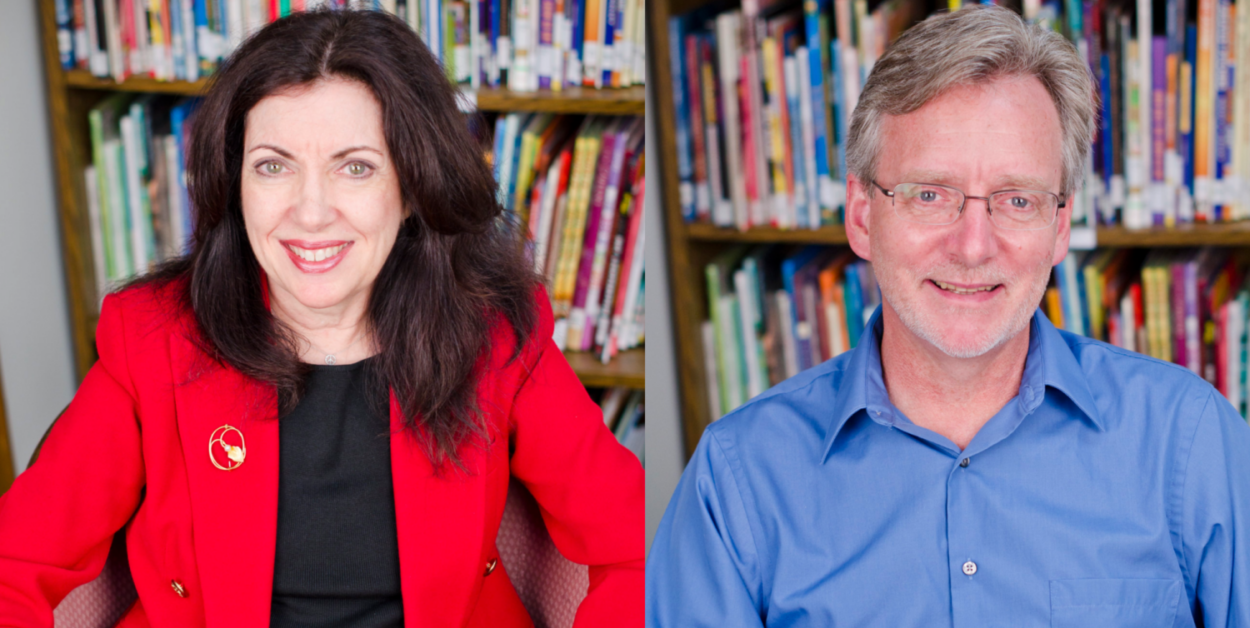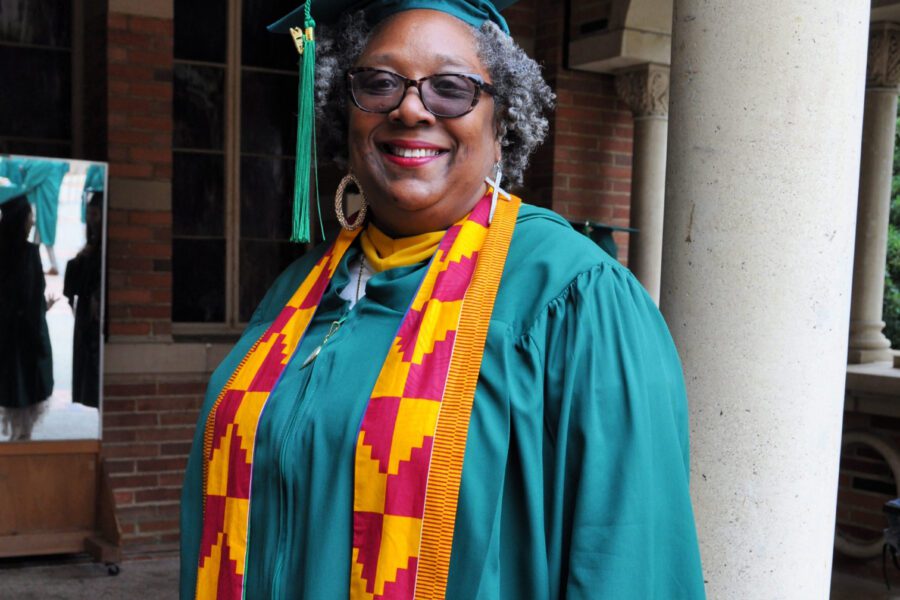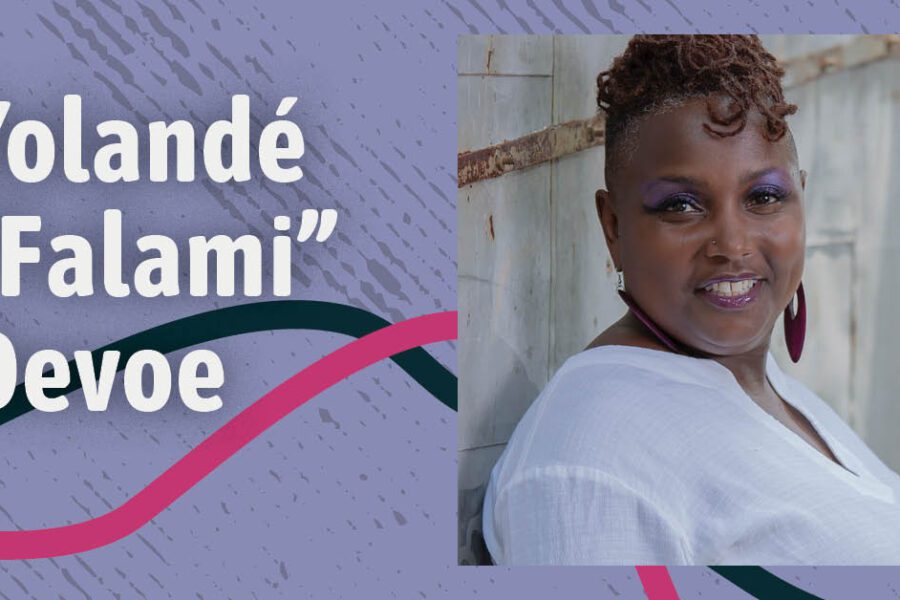In recent years much attention has been paid to childhood bullying, from Dan Savage’s “It Gets Better” project to support LGBTQI+ teens to the first lady’s “Be Best” campaign to end cyberbullying. Without a doubt, students face peer-to-peer bullying at an alarming rate, and much of it takes place online. However, two Antioch University Los Angeles professors, J. Cynthia McDermott, chair of the education department, and Fred Chapel, core faculty in the education department, posit that there is another, no less powerful, form of bullying taking place in classrooms today.
From pre-school through higher education, McDermott and Chapel have found examples of teachers bullying their students. This type of bullying has long-term negative effects on teacher and student satisfaction, and on the overall success of a school. Though it is embedded in an individual teacher’s practice, it stems in many ways, McDermott and Chapel write, from mounting pressures to raise standards and test scores. “Demands that teachers and students be held accountable compel even the most well-meaning teachers to capitulate and reduce their teaching to lock-step, drill-and-kill practices,” they say.
What is Teacher Bullying?
Of course, all teachers have their own educational styles, and every teacher will have a bad day and act in a way they wish they hadn’t. However, say McDermott and Chapel, teacher bullying goes deeper than simply losing one’s temper. Two international experts in bullying, Dan Olweus and Ken Rigby, say that “Bullying is a deliberate action that causes the victim to feel humiliation and that occurs over time in a situation where the bully has more power than the victim and where the bully gains from the victim’s pain. Bullying is intentional.” This working definition of bullying allowed McDermott and Chapel to identify teacher bullies as a teacher who intentionally uses his or her power to humiliate one or more students.
After interviewing students about their experience with teacher bullying for more than two years, McDermott and Chapel identified a number of signs that a teacher was, in fact, a bully. These signs included:
- Deliberately ignoring a student
- Yelling, screaming, or using profanity
- Labeling a student “stupid”
- Criticizing a student’s home life or parents
- Challenging a student’s beliefs or values
- Publicly using a student’s grade to humiliate them
- Negatively comparing a student to a relative or sibling
- Encouraging other students to bully one student
The Root of the Problem
With a trend toward standardization, teachers face near-constant pressure from government officials, media experts, and even school leadership, to constantly improve. McDermott and Chapel posit that this feedback loop is, in and of itself, a form of bullying. The feedback is that “that there is not enough rigor, that schools are failing, that test scores are inferior, that teachers are underprepared and unqualified and that parents are not doing their job of raising their children well.”
This top-down approach forces teachers into negative habits to try and meet unreasonable demands, and many find themselves resorting “to autocratic, do-what-I-say-without-question tactics; sometimes becoming bullies themselves in an attempt to get students to perform up to a set standard on an all-important high-stakes test.” Without flexibility and appropriate support, teachers have no room for the creative and compassionate teaching that benefits students so deeply. McDermott and Chapel say bluntly, “This model is not an education. At best, it is a process to create drones,” comparing it to teaching in the Soviet Union.
Outcomes
Using examples from popular children’s literature like Miss Nelson is Missing, a 1977 book by Harry Allard and James Marshall, McDermott and Chapel note that while a bullying teacher may get the immediate result he or she is seeking, there are deeper effects that such behavior has on children. Describing such a teacher as “mean and cold and unwavering,” they note that the children “do the work and settle down.”
However, “individuals who experience incivility stop producing, attend to their work with less interest, and sadly become uncivil themselves in a way to protect themselves,” so this kind of bullying behavior is absolutely not sustainable, even if it helps a teacher produce a positive immediate outcome. Though a momentary classroom-management problem may be solved, a love of learning, natural curiosity, or positive attitude will not be fostered, and more problems are sure to arise down the line.
McDermott and Chapel are also clear “that violence and aggression are learned behaviors.” Children mimic the adults around them, including their teachers. If a teacher acts as a bully, they too will bully. If, instead, the teacher models respectful, peaceful behavior, then their students will respond in kind.
What Can We Do?
We know that the root of teacher bullying is, for many teacher bullies, a tightening climate of conformity and compliance. As McDermott and Chapel say, given these pressures, “it is almost easy to become cynical and place blame for our behavior on students and parents.” Though teachers are regularly bullied by government officials and the media, it is important that the cycle of bullying ends with them and is not passed on to their students.
Teachers must resist this urge and remind themselves of the teachers they always hoped they would be. “Many of us became teachers for altruistic reasons—we wanted to make a difference for kids,” say McDermott and Chapel. “We wanted to help young people become independent, responsible and well educated and perhaps, most of all, we wanted to create a caring environment that would nurture and support children.”
Remembering this original calling to the vocation of education can help teachers pull back from bullying behavior. Rising above the pressure to perform is not easy, but this work is absolutely vital if we are to create a world that works for all people. In our increasingly globalized society, being able to work together, across cultures and boundaries, is one of the greatest skills we can teach children. And like all other skills, it is learned most effectively by being modeled. As McDermott and Chapel point out, “if we are to have a more peaceful and civil world, it starts with the way adults act around children.
(Chapel, F., McDermott, J.C. “Incivility, the Classroom and Children’s Literature,” in Lodging the Theory in Social Practice: Eds. Cotic, M., and Kozuh, A. 2018.)




